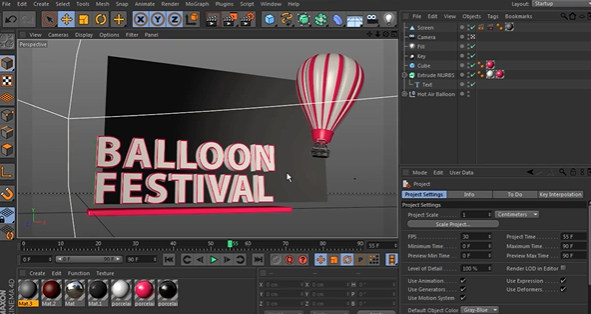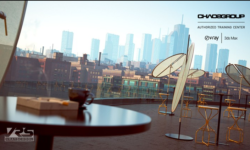Learning Cinema 4D Lite For After Effects
Release date:2017, March
Author:Infinite Skills
Skill level:Beginner
Language:English
Exercise files:Yes
What you’ll learn:
Learn how to use Cinema 4D with After Effects
Requirements:
After Effects CC
Description:
This CINEMA 4D Lite training course from Infinite Skills teaches you the basic tools you will need to create 3D models in this version of CINEMA 4D. With this software, you will have the ability to create, import, and animate 3D content and render it within Adobe After Effects.
Once you have opened CINEMA 4D Lite from within After Effects, this course will show you how to set it up and take you through the user interface. You will then jump right into learning how to add and adjust basic, parametric, and 3D objects such as a cube or sphere. This video based training course will teach you how to use Splines and the NURBS component to create 3D objects. From there, Jeff will demonstrate how to create, edit, and apply materials to objects. You will create reflective surfaces using Reflection and Environment channels. This training course also shows you how to organize a CINEMA 4D project for further editing in After Effects.
Once you have completed this video based training course for CINEMA 4D Lite, you will understand how to use the tools available to you for creating, animating and rendering 3D models with this software. Working files are included, allowing you to follow along with the author throughout the lessons.
Who this course is for:
Beginners to Intermediate users





 Channel
Channel





